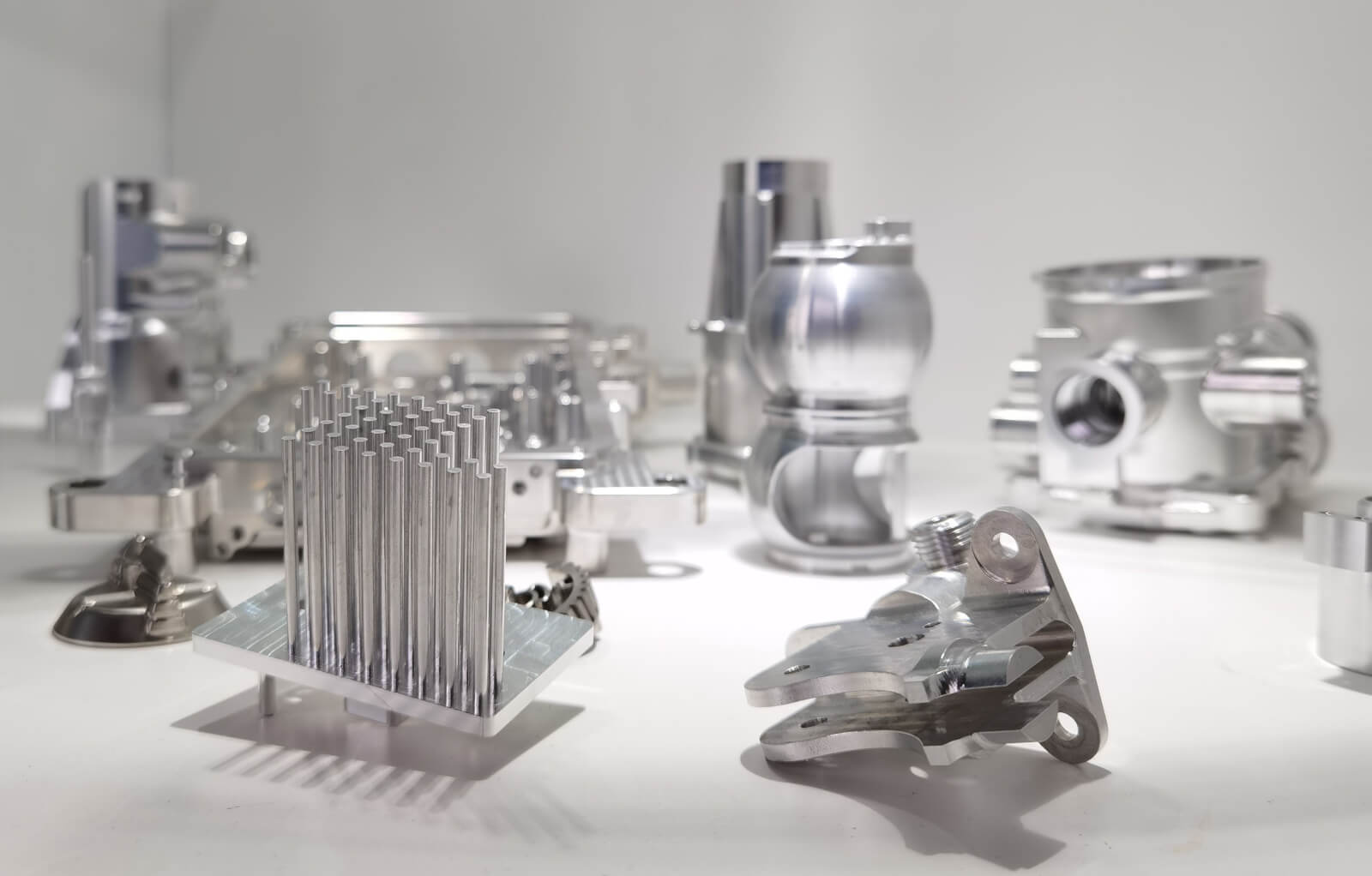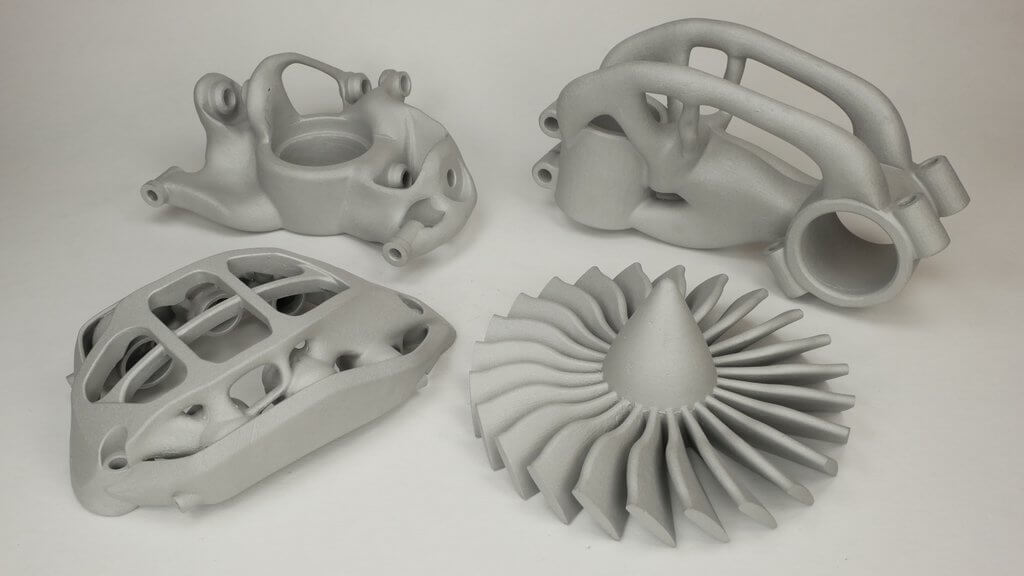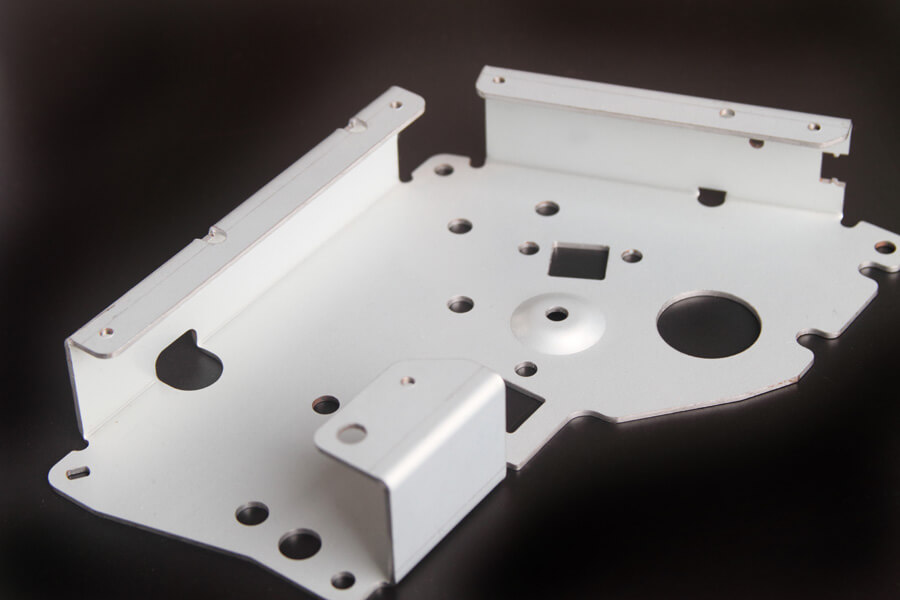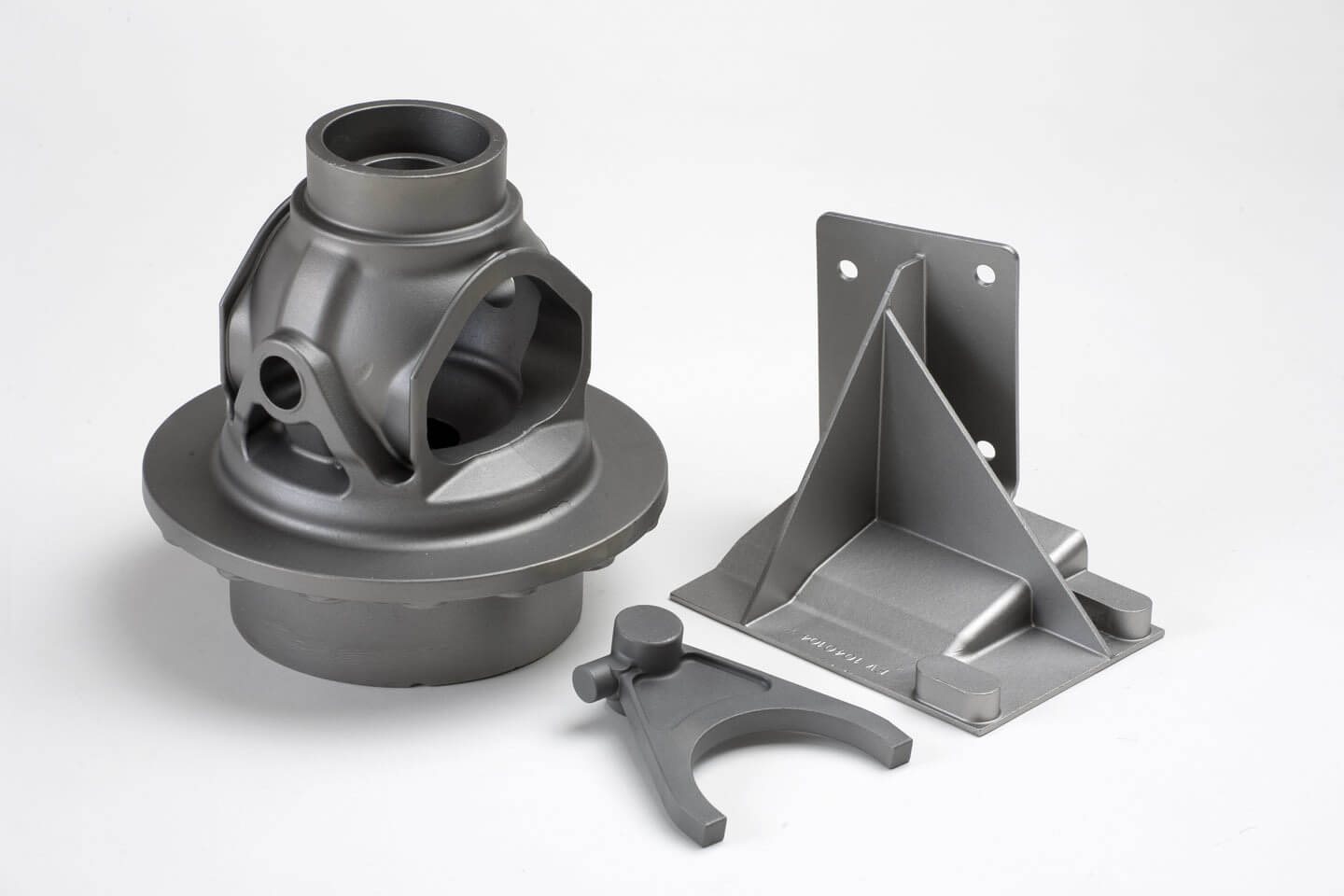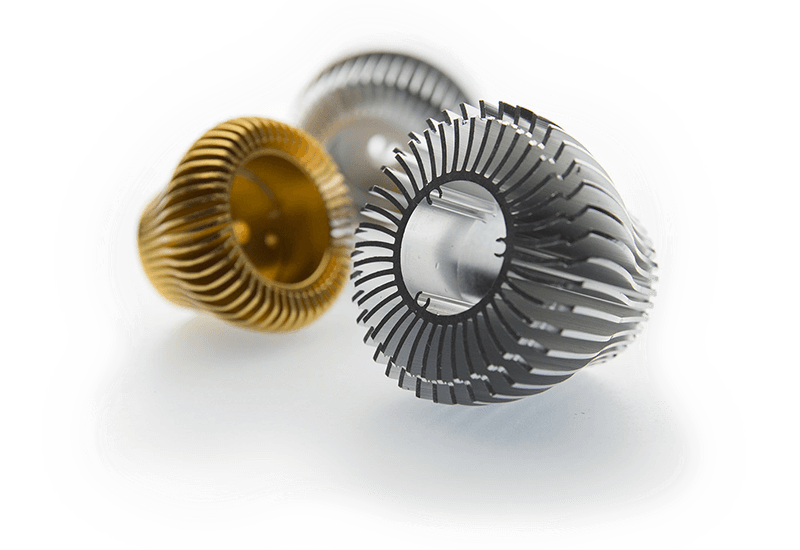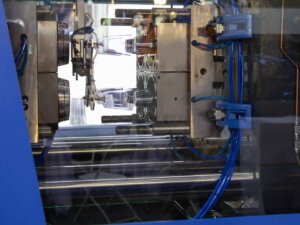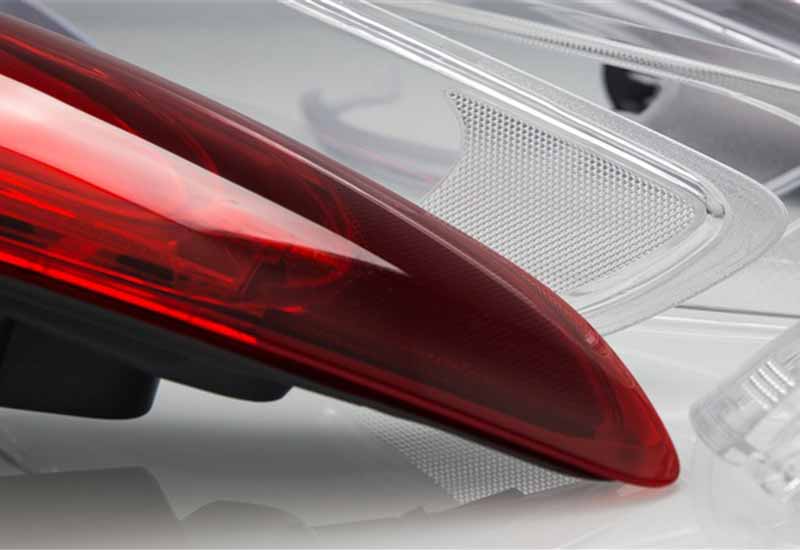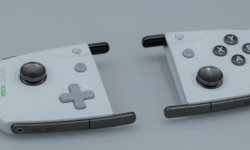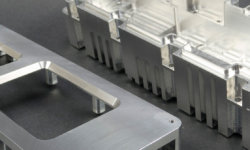Metal prototypes are important for businesses in many industries, from aerospace to electronics, because an effective metal prototype can lead to a better finished product.
This article discusses the importance of metal prototypes and looks at situations in which metal prototyping is favorable over plastic prototyping.
It also discusses various effective methods for creating metal prototypes: CNC machining, 3D printing (additive manufacturing), sheet metal forming, casting and extrusion. 3ERP has the capability to combine multiple processes and offer the best solution for your metal prototype needs.
What is a metal prototype?
In the manufacturing world, a prototype is a mock-up or rough draft of a part. Prototypes are built long before manufacturing begins, allowing designers to test and develop the part.
Depending on the manufacturing process used for prototyping, prototypes can be made from a variety of materials.
Metal prototypes are prototypes made using a metal manufacturing technique like CNC machining, casting or sheet metal forming. They may be made from aluminum, steel or any other material chosen by the engineering team.
Although metal is often used for pre-production prototypes — advanced prototypes that closely mimic the final part — it can also be used for early-stage prototypes.
Metal may be preferable for functional or aesthetic reasons, or both.
Why make a metal prototype instead of a plastic prototype?
In some situations, engineers may create plastic prototypes for parts that will eventually be manufactured in metal.
This can happen for many reasons. For one, many prototypes have no functional or mechanical role, so it does not matter if they possess certain characteristics like strength, ductility and conductivity.
And if the material characteristics of a prototype are unimportant, it makes sense to create the prototype using a cheap and readily available material. In many cases, plastic is the cheapest option.
But some prototypes do have special functions.
Functional prototypes, hybrid prototypes and pre-production prototypes all need to perform some kind of role, which may require particular material characteristics. Metal is often the best provider of those characteristics.
And even non-functional prototypes can benefit from metal. Looks-like prototypes, which are used to demonstrate a concept, often look better when made from metal — especially if the part will be mass-produced in metal as well.
Metal prototyping may therefore increase the chances of early investment and commercial success.
Building a metal prototype also has important long-term cost benefits.
If the part will eventually be mass produced in metal, it is relatively easy to turn a metal prototype into a metal finished product. On the other hand, a plastic 3D printed prototype cannot easily be transformed into a metal production part.
Benefits of metal prototypes:
- Better mechanical/functional performance
- More accurate testing
- Better aesthetics
- Higher chance of investor interest
- Easier to move to production
What is the best method to make your metal prototypes?
Because of their geometry, tolerance or quantity, some metal prototypes might suit only one manufacturing process, such as CNC machining or 3D printing.
Most parts, however, can be made using a range of different methods.
In this case, we need to find out which method is the best — in terms of achieving the best mechanical result, as well as keeping costs and manufacturing time to a minimum. Here are some brief introductions to a few common techniques for making metal prototypes:
Metal machining prototypes
CNC machining is a fairly affordable means of creating metal prototypes.
A CNC machine uses computer instructions to guide a metal cutting tool, which precisely removes sections of material from a metal block.
Machining is a useful prototyping tool because digital CAD designs can be easily altered in between prototypes, resulting in an efficient workflow. It is also easy to make duplicates or distribute the design to other parties.
The process is also compatible with a range of metals — though certain grades of aluminum may offer the best combination of value and machinability.
CNC machined prototypes are fairly affordable because they requires no tooling and thus have no minimum order quantity. However, there is some material wastage due to the subtractive nature of the process.
In terms of design freedom, 4-axis and 5-axis CNC machines offer exceptional flexibility for creating complex parts with detailed features.
Pros:
Low cost, Design freedom, Material selection
Cons:
Some material wastage
Here are a few metal machining prototypes examples that have been done by 3ERP. This is just to give you a rough idea about the types of parts that are suitable for CNC machining.
Metal 3D printing prototypes
3D printing is another fairly affordable way to create metal prototypes, although metal additive manufacturing machines are much more expensive than FDM 3D printers, which only print plastics.
3D printed metal prototypes can be made using AM technologies like selective laser melting (SLM) and direct metal laser sintering (DMLS).
Like CNC machining, 3D printing uses digital designs as an input, allowing for quick alterations to the design.
But one of the biggest advantages of metal 3D printing is geometrical flexibility. Metal 3D printed prototypes can have very complex features, including complex internal sections, since they are built layer by layer, not cut away from a solid block.
Metal prototypes may have a less impressive surface finish than other forms of metal prototypes, though good surface finishing treatments can mitigate this problem.
Several metals are available in AM powder form, but the options are less diverse than those available to other processes.
Pros:
Low cost, Design freedom
Cons:
Part strength, Material selection
Due to the undercuts and inner channels, these are typical parts you don’t have any better options rathar than 3D printing.
Sheet metal prototypes
Sheet metal fabrication is a group of processes concerned with the cutting, deformation and assembly of sheets of metal. It is used to make functional items like brackets, enclosures and industrial parts.
For sheet metal projects, it may be worthwhile to create a functional metal prototype using the same sheet metal techniques that will be used during production.
Sheet metal forming processes include laser cutting, punching, bending, spinning and welding.
Sheet metal prototypes are guaranteed to be strong and of a high quality. However, they may be more expensive than alternatives if multiple forming processes are required.
A prototype of a right-angle bracket with holes, for example, may require three separate machines: a laser cutter, brake and punching machine, whereas a similar prototype could be made using only a CNC machine or 3D printer.
Sheet metal fabrication may be particularly useful if several copies of the prototype are required.
Pros:
Production quality, Range of fabrication processes
Cons:
Time required, Limited design freedom
Metal casting prototypes
Casting is the process of pouring liquid metal into a mold to form a part.
Metal casting is not usually considered a prototyping process, since it requires specialist equipment and creating a mold is a laborious and expensive process. It is therefore not economically feasible to create a mold for just one or two prototypes.
But there are special ways to create metal prototypes via casting.
With investment casting, for example, we can use a 3D printer to create a wax model, and this model can then be used to create an affordable mold for casting metal prototypes.
With pressure die casting, we can reduce the cost of tooling in various ways. One method is to create a simple mold, then add fine features after casting using a CNC machine. (This method only works in small quantities; post-machining thousands of parts would take too long.)
Cast metal prototypes are relatively expensive, but the tooling can be retained for bridge production, which may end up saving the customer money in the long run.
Pros:
Extremely strong parts, Production quality
Cons:
Requires expensive tooling, Specialist equipment required
Metal extrusion prototypes
Metal extrusion is another metalworking technique that is not typically considered a prototyping process.
During the extrusion process, material is forced through a shaped opening in a die, producing an elongated part with a uniform cross-section.
Most extrusion companies only deal with high-volume production orders, and one-off prototypes are not worth their time.
However, it is sometimes worthwhile to use metal extrusion for metal prototyping, and 3ERP is one of the few providers of such services.
Extrusion is carried out almost exclusively on aluminum alloys and is a suitable process for simple parts like metal bars, brackets, and joints.
The process is suitable for testing and pre-production prototypes where the extrusion metal prototype closely mimics the final part. It is not recommended for parts that will be produced using any other technique.
Pros:
Production quality
Cons:
Limited range of materials
3ERP has built up a strong supply chain for most manufacturing processes, and we also have the capability to combine multiple processes. We can, therefore, provide the best solution for your metal prototypes. Contact 3ERP today for a free quote


